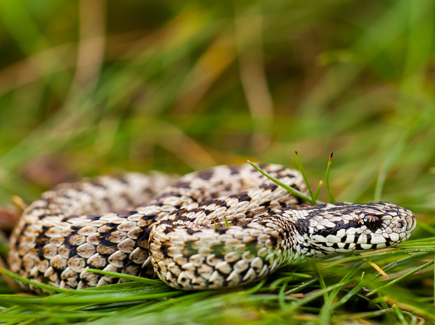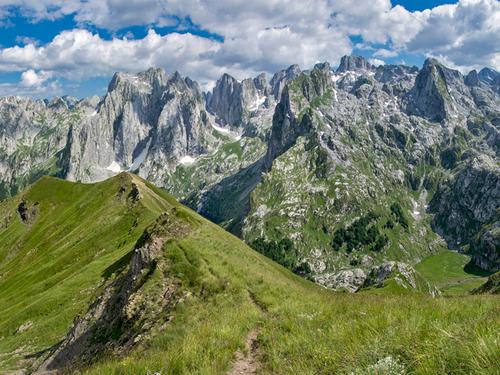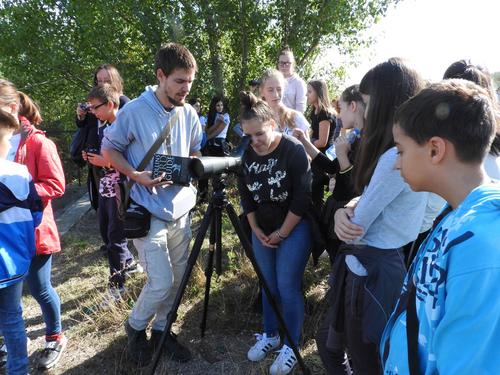EuroNatur and DBU: Balkan Green Belt is one of the hotspots of biodiversity in Europe

The meadow adder is one of the rarest types of endemic snakes in Europe, with many populations facing looming collapse. Vipera ursinii is still able to find suitable habitats at the Green Belt of the Balkan.
© Patrik Katona
The Balkan Green Belt represents a mosaic of highly diverse habitats. Thinly populated mountain regions like this one in Montenegro are a refuge for threatened plant and animal species.
© Dalibor Petric
The youth especially should be made aware of the natural treasures in the Balkan Green Belt. Excursion with a school class to the Serbian bird reservoir Mala Vrbica during the Green Belt Day 2017.
© Christian Stielow/EuroNaturRadolfzell, Osnabrück. The changed usage of land and sea continues to have the biggest impact on the current, dramatic species extinction according to the Intergovernmental Platform on Biodiversity and Ecosystem Services (IPBES). “It is especially important for rural areas to involve the local population in order to combat this extinction,” says Alexander Bonde, general secretary of The Deutsche Bundesstiftung Umwelt DBU (German Federal Environmental Foundation), during the “Day of Biodiversity” on May 22. Functioning dialogues in rural areas, particularly those with a trans-border aspect could serve as a role model. This is precisely what one of the projects, which was supported by the DBU through expertise as well as financial aid of around 125.000 Euro, is about. The project focuses on the area along the former South European east-west border: the “Balkan Green Belt”. The nature conservation foundation EuroNatur has been active in this area for decades and has contributed within the project framework together with partners from nine countries to better protect biodiversity and stabilise trans-border cooperations.
The project focuses primarily on making the local population aware of the natural treasures right in front of their doorsteps and to raise awareness on them. “We cannot practise environmental protection without the people,” says Gabriel Schwaderer, executive director of EuroNatur. “The simultaneous preservation of biological diversity and sustainable development of the region is an important ambition of ours. We want to connect people and nature.” For that purpose, EuroNatur brought together project partners, government officials and civil society interest groups from nine different countries along the Balkan Green Belt. Through various activities such as a transnational photo contest or the “Green Belt Days” held at different locations along the border, awareness was created for the necessity of cooperation. “At the same time, the people were made aware of the great biological diversity of the region”, Schwaderer says. Whether plants that only exist here such as the Albanian Lily or threatened animals like the Balkan Lynx or the Meadow Adder, the Balkan Green Belt is one of the hotspots of European biodiversity.
Further information: Christian Stielow, christian.stielow(at)euronatur.org, Tel. +49 7732 927215


